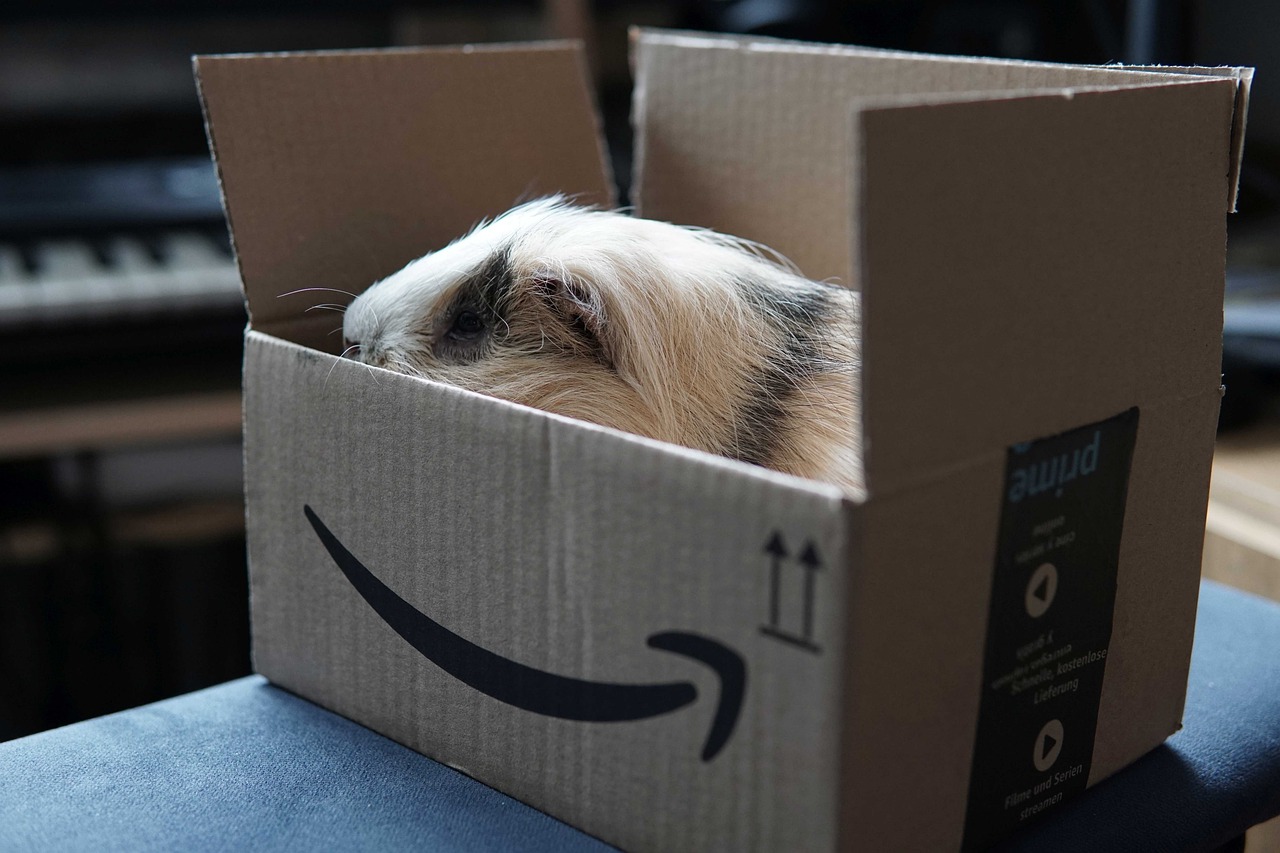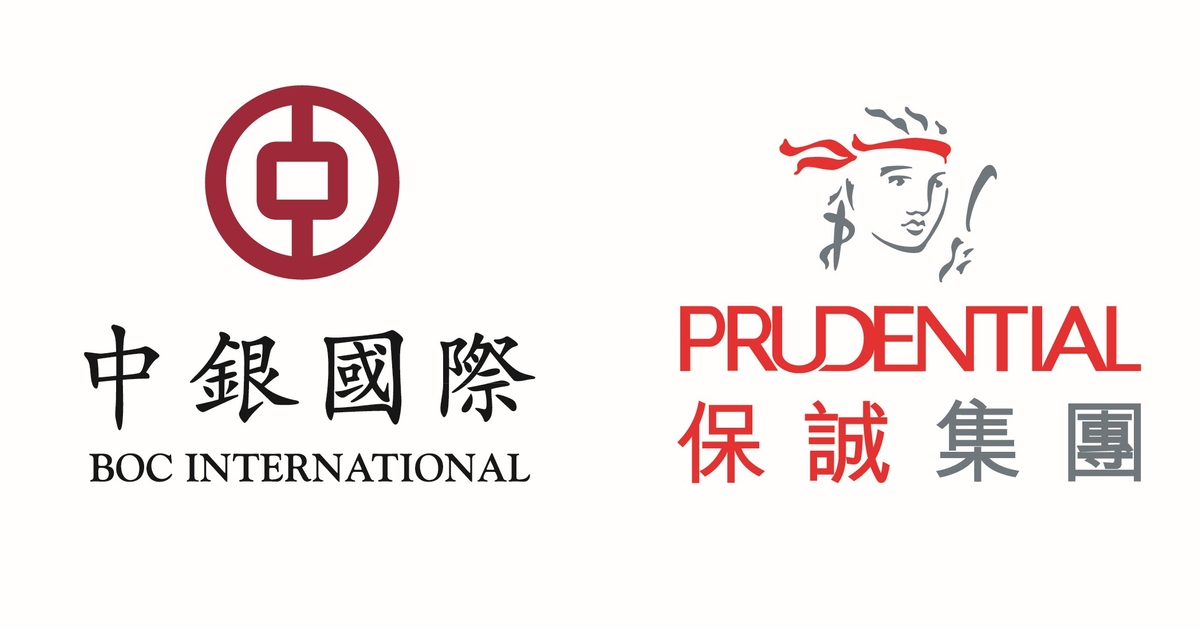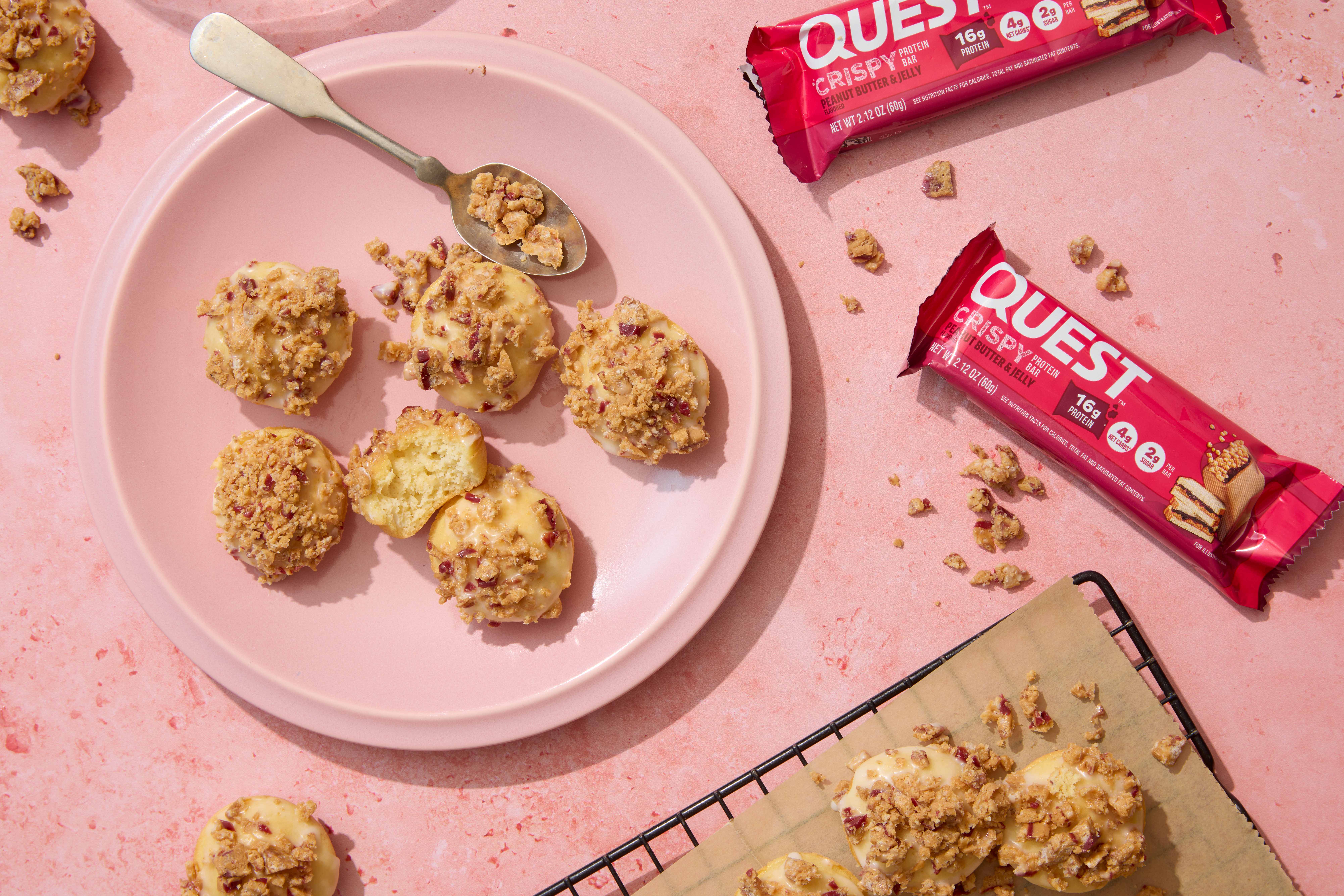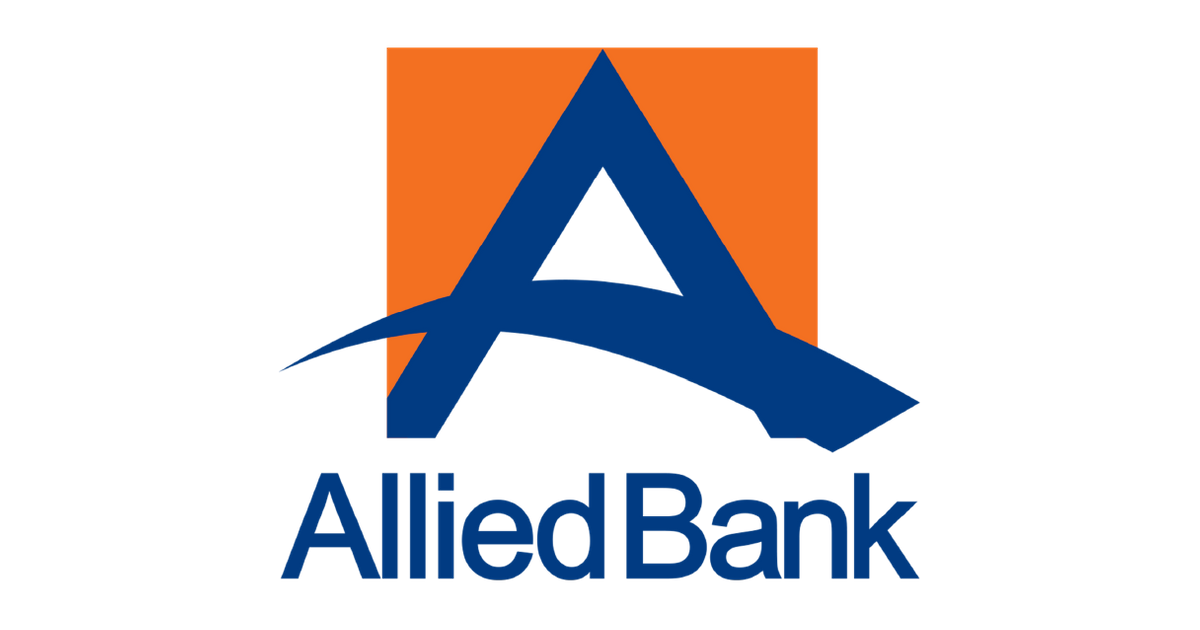£9M Ecommerce Sales: 6 Takeaways From the Success of CarMats.co.uk
Given that the site’s monthly traffic peaked at just ~23K (according to Ahrefs), that’s impressive! Curious how he did it (and how the rest of us mere mortals might be able to replicate his success), I sat down with...

In May 2020, during the height of the COVID pandemic, Ash Young started an ecommerce store selling car mats in the UK. His goal was to hit £1M in sales in a year. He hit that target in just 9 months. Today his store has turned over ~£9M. Given that the site’s monthly traffic peaked at just ~23K (according to Ahrefs), that’s impressive! Curious how he did it (and how the rest of us mere mortals might be able to replicate his success), I sat down with Ash to dissect the key pieces of the puzzle and learn about his future plans for the store. Below are takeaways from our chat that I hope will help anyone looking to follow in his footsteps. Having landed on the niche of car mats due to previous industry experience, Ash didn’t do the usual thing of setting up a fully populated store with hundreds of products. He launched his store with just one product type: Ford Focus car mats. Why? Here’s what he said: It was one of the more popular products at the time, pretty well searched for. But actually, we had a Ford Focus at the time so we knew it was right. We knew it was a product we could talk about. If we check in Ahrefs, it’s still one of the most searched types of car mats in the UK (probably due to it being the second most popular car here), but it’s interesting how Ash didn’t just do the typical SEO thing of relying solely on keyword research. While it matters that people are searching for your products if you plan to drive traffic from search, knowing the target market is equally as important. Ash having a Ford Focus meant he was the target market and could actually test his product firsthand. It also meant that he only had to find and source one product to begin with, allowing him to test and validate his idea quickly. How did he do that? By driving paid traffic to the product landing page via Google Ads: Doing this allowed him to get a sense of whether the numbers worked. Could he drive consistent traffic, deliver a quality product, and make at least some profit—or did things simply not add up? Given that he’s on track to hit £10M in total sales early next year, you can probably guess the answer… Crucially, though, he made an effort not to make his store look like it only stocked one product. He built out the full menu so it looked like any other store. The only difference was that the rest of the products weren’t clickable. He then slowly populated the store with other models over the coming months, again by combining a mix of keyword research and common sense to keep things logistically possible. We tried to do it one manufacturer at a time, so we did all of Ford and then moved on to other popular manufacturers before smaller ones. […] If you end up running around doing, say, the top 20 top-selling models [as per keyword research] then you’ll end up in a pickle very quickly. Ash’s laser focus strikes me as another reason for the store’s success. He chose to focus solely on Google Ads at the start, and didn’t even think about other marketing channels like SEO until he had scaled PPC as far as he could. In terms of what that involved, here’s what he said: Scaling for us was really about adding new models and manufacturers into the campaign. You reach a point where you’ve covered all the major models that there’s any sensible search volume for. At that point, you start to look at other channels. It’s for this reason that you see the site’s link profile flatlining in Ahrefs for the first year or two. Ash simply wasn’t focused on SEO or building links (this changed later on, keep reading): He also noted that he didn’t bid on broad keywords like “car mats” at the start as there was no point driving people to his site for a product he didn’t sell. You can see evidence of this in Ahrefs. Even 1.5 years after starting the store, all of the site’s paid keywords relate to specific car models like ”vw polo car mats” and “peugeot 208 car mats”: If you check the same report for today, you’ll see that he also bids on broader terms like “car floor mats.” This is because his store now sells car mats from pretty much every make and model, so there’s a product for everyone. One question I asked Ash was if he actually shipped his initial orders or just refunded them? After all, going the true MVP route makes sense in theory… why have the hassle of fulfilling products from day one when your goal is just to prove the model, right? But Ash said he fulfilled all orders from the start, and his reason was super interesting. If you took 50 orders and didn’t fulfill any of them and refunded them all, you’re going to get some really negative press right off the bat. Negativity is just not what you want when you’re trying to start up. It’s important to remember that Ash was trying to build a legit brand here, not just a throwaway site to make bank for a few months before tanking. Of course, it might seem like this isn’t so important for a site selling car mats. After all, even Ash himself admitted that repeat custom isn’t a big driver of sales for the brand. So, pride aside, why does reputation really matter? Personally, I think it has to do with how people buy things online… If you’re anything like me, then I doubt you would just search “car mats” and pull the trigger on the first site you click. You’d at least head back to Google and search for the brand’s reviews first. Here’s what you see if you do that for Ash’s site: By shipping quality products from day one, Ash was able to build a solid reputation from the get-go. Just scroll back to early reviews on TrustPilot and you’ll see that these were coming in thick and fast just months after he started the site. This helps to relieve any anxiety potential customers might have and no doubt leads to more of them actually pulling the trigger and buying from his store. In turn, this leads to a better return on ad spend and other marketing activities. Ash has been public about the success of his site on social media, which has caused exactly what you’d expect: entrepreneurial online marketers launching competing sites in the niche. So I was curious to ask Ash how he dealt with this. His answer? Focus on conversions to stay ahead. Whatever we can do to increase our conversion rate means we can spend more money on ads, better compete, and get more clicks. For example, when Ash spent time watching visitor sessions in HotJar, he noticed that people weren’t actually reading his “witty and funny” product descriptions. They were just scrolling up and down and bouncing. This prompted him to rewrite shorter ones, which improved conversions. He also saw a small uplift by adding an alternative payment option… We added Klarna [a buy now pay later option] last year because there’s a proportion of people who want to buy this way and are looking for somewhere that offers it. … as well as offering free returns: If you take a set of car mats to the post office, they’re going to charge you £13 or £14 to send it back to us which is a lot of money. So last year we started offering free returns. Customers now have 60 days where they can get in touch and say they want to return it for any reason for a full refund. In short, he stays ahead by going above and beyond to remove the buyer’s fear and uncertainty. This puts more money in his pocket to spend on ads and other marketing campaigns, such as sponsoring a local football team. This has somewhat of a flywheel effect. More conversions = more money to spend on marketing = better reputation = more conversions = … and so on. I asked Ash whether he turns paid ads off once he ranks number one for a term. His answer was a resounding no. We don’t dial it back because you’re leaving money on the table at that point. Google’s going to show ads at the top and if I’m not one of them then someone else is getting that click. Even if we rank number one for a term, we still go as hard on the paid channel as we can. Ash isn’t alone here. Our study of 2.3 million keywords found that 37.9% of advertised websites already rank in the top 10 for their keyword. 15.7% of these sites even advertise the same page that ranks in the top 10, and 40.66% of advertised pages rank #1 organically. In short, Ash and many other site owners are paying Google for ad clicks even when they rank #1 for the same keyword. Why? As Ash explains, you simply need to be there if a good percentage of clicks are going to ads in your industry. It’s all about what does the average person do? In our marketplace, a huge percentage of the clicks go to paid anyway. If you’ve got half the searches or more going to paid then you’d be mad not to be pushing it as hard as you can. You can see that this is the case for the car mats industry in Ahrefs. For “ford fiesta car mats,” only 38% of clicks go to organic only. 28% go to paid only and a further 11% go to both paid and organic. This might seem surprising to us web-savvy marketing folks but, as Ash pointed out, it’s pretty common for people to click ads. Most people click ads. They either don’t realise they’re ads or they don’t care because it’s a good result for them. More often than not, when you’re looking for stuff to buy online, the ads are quite often better than some of the organic results because some of those have been there forever. They might not be the newest things or the best things; they’re just relying on the fact that they get some free traffic from Google. If you check the referring domains graph for Ash’s site in Ahrefs, you’ll see that there’s been significant and healthy growth in his link profile over the past couple of years. This growth also correlates nicely with the site’s organic traffic growth, so it’s clear that the links he’s earning are decent. None of this is by accident. Ash and his team have been very proactive about link building. If we check the Best by Links report in Ahrefs, we can see the types of things that have earned links for the site. For example, Ash and his team produced a “cost of driving report” which earned links from 66 referring domains: Many of these are links from high DR British newspapers: These links are the result of classic digital PR. Ash’s team created content that journalists were likely to be interested in, published it on the site, reached out and shared the content piece with them, and they covered it. However, Ash noted that he doesn’t always publish content on the site when doing digital PR. Sometimes his team will simply reach out to journalists with unique data or stories. If they cover it, they’ll usually just link to the site’s homepage instead. For example, Ash’s team told local journalists about a cheap tool that can save drivers hundreds in garage fees. Two newspapers covered it. Ash said he does this because he wants to keep the content on the site pretty tight so as not to confuse visitors or Google. I’m conscious as a retailer that we don’t put lots of content on the site that confuses what we’re about. We’re here to sell car mats, so when we start talking about fines or other things actually on the site, that’s a bit of a negative. It can confuse Google but also people as well. That’s why we try to keep the big stuff on our site, but everything else off site. He also made an interesting point about making sure to squeeze every link he can out of day-to-day operations. It’s making sure that whatever else we’re doing in the business, we get those links off the back of it at the same time. He gave the example of sponsoring a local football club. Although he didn’t do this solely for a backlink, it obviously wasn’t cheap so he made sure that was one of the benefits. Ash is currently exploring offline advertising for the site. He recently sponsored Sheffield United Football Club and even launched his first national TV ads in September 2024. TV ads are going well. You can see the correlation between when they’re on and visits and sales on the site. It’s kind of fascinating which slots work well and which don’t. He’s also planning to expand into Europe, starting with Ireland. We also launched the Irish site recently. Ireland’s a bit easier than the rest of Europe because they’re all the same vehicles. If you go into another country, there’s a different set of products. It’s very similar, but it won’t be as quick as it was to do as Ireland. Then there’s VanMats.co.uk, another site he recently launched: We launched VanMats.co.uk because vans get lost on the car mats site. The van mats site works really well for trades that are wanting to order because it’s a more limited range of manufacturers and models so it’s a lot easier to find the product that you want. Considering all this, it’s no real surprise that Ash is confident about hitting £10M in total sales next year. Yeah. Trying to get 10 million. I won’t do it this year. We’ll definitely do it next year. Follow Ash on X to keep following his journey, or learn more on how to get started in our ecommerce SEO guide.





























What’s next for Ash and CarMats.co.uk?





 ShanonG
ShanonG 
































